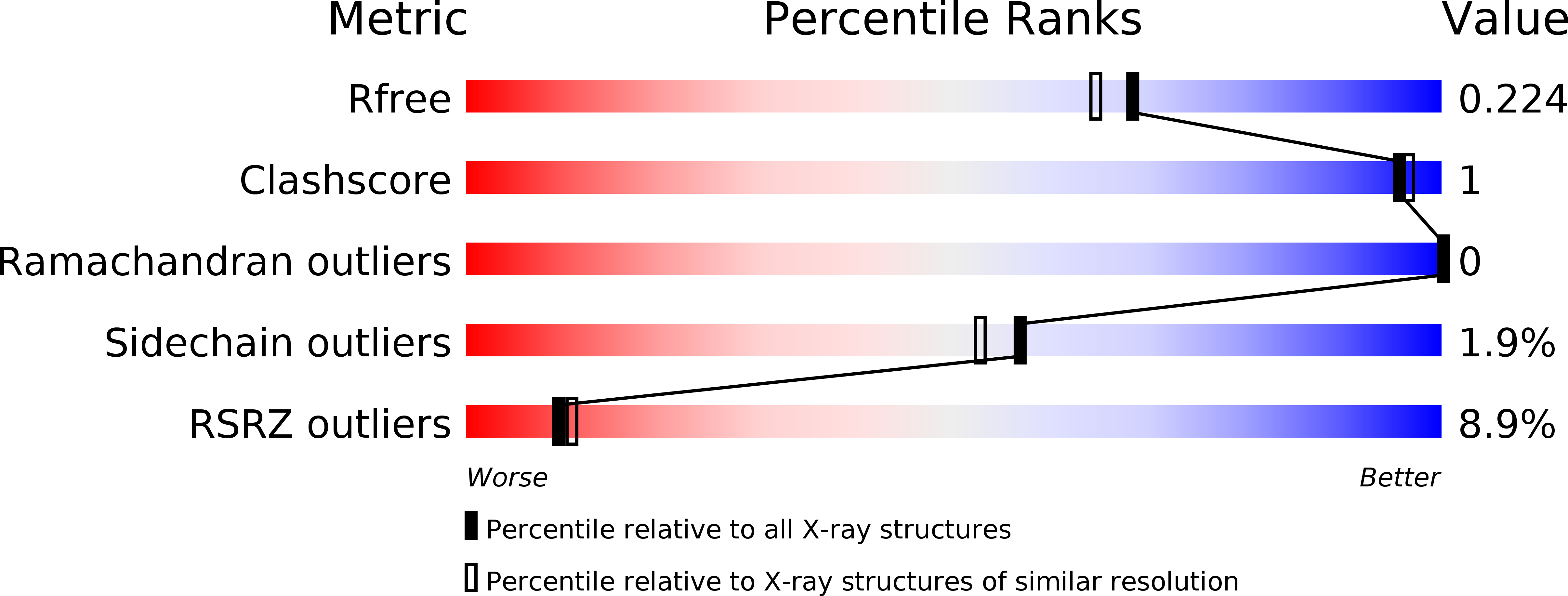
Deposition Date
2012-03-14
Release Date
2013-02-27
Last Version Date
2024-02-28
Entry Detail
PDB ID:
4E5R
Keywords:
Title:
Crystal Structure of Frog DGCR8 Dimerization Domain
Biological Source:
Source Organism:
Xenopus laevis (Taxon ID: 8355)
Host Organism:
Method Details:
Experimental Method:
Resolution:
1.90 Å
R-Value Free:
0.22
R-Value Work:
0.20
R-Value Observed:
0.20
Space Group:
P 43 21 2


